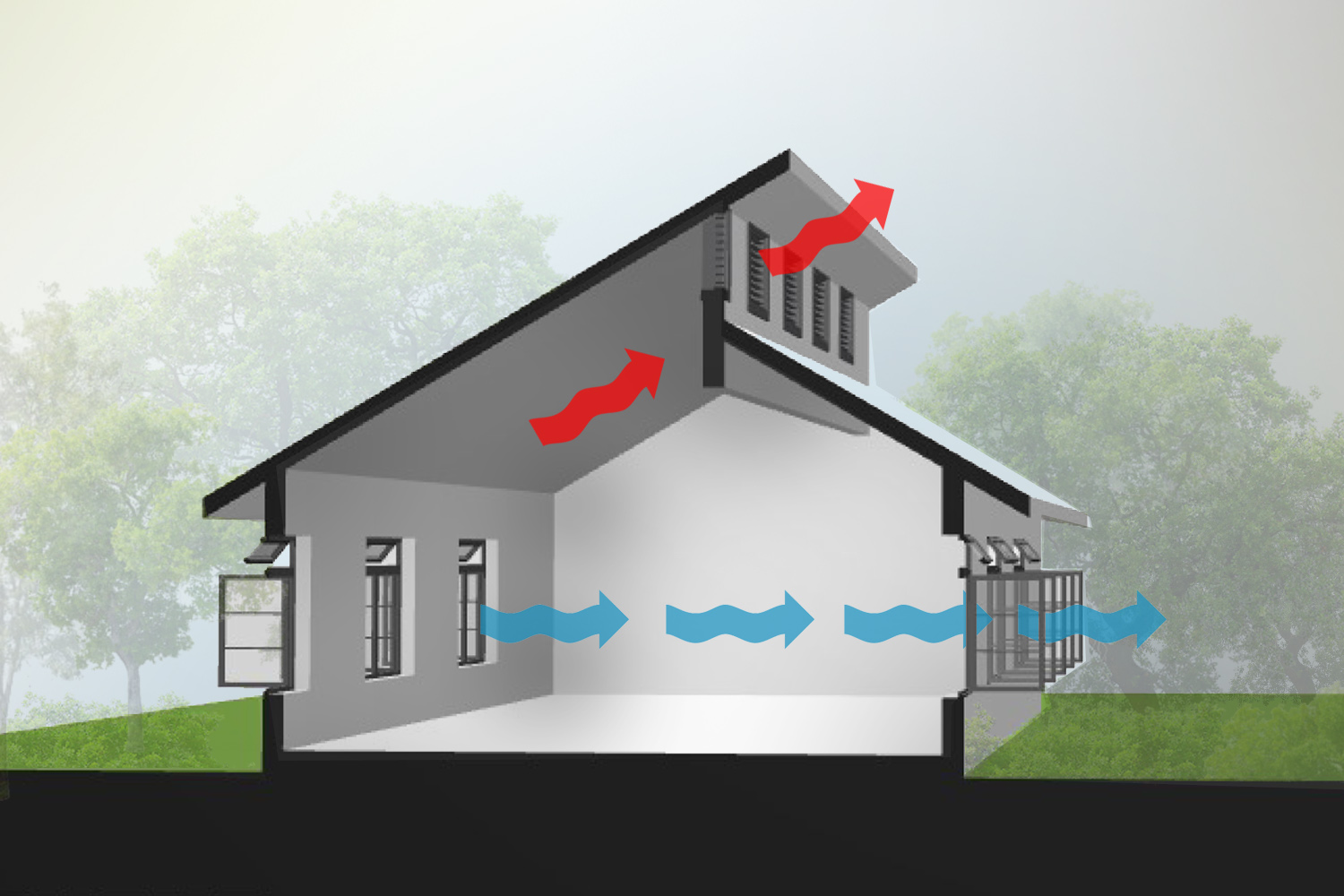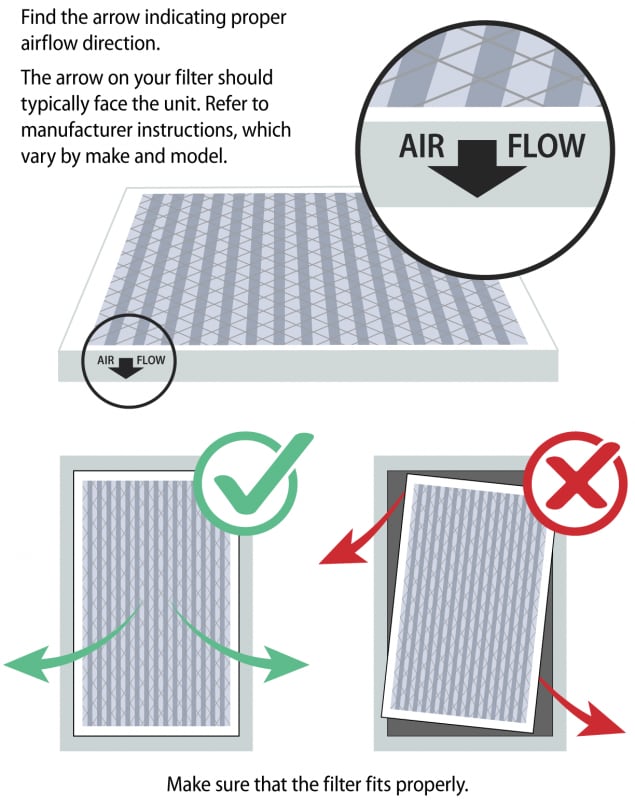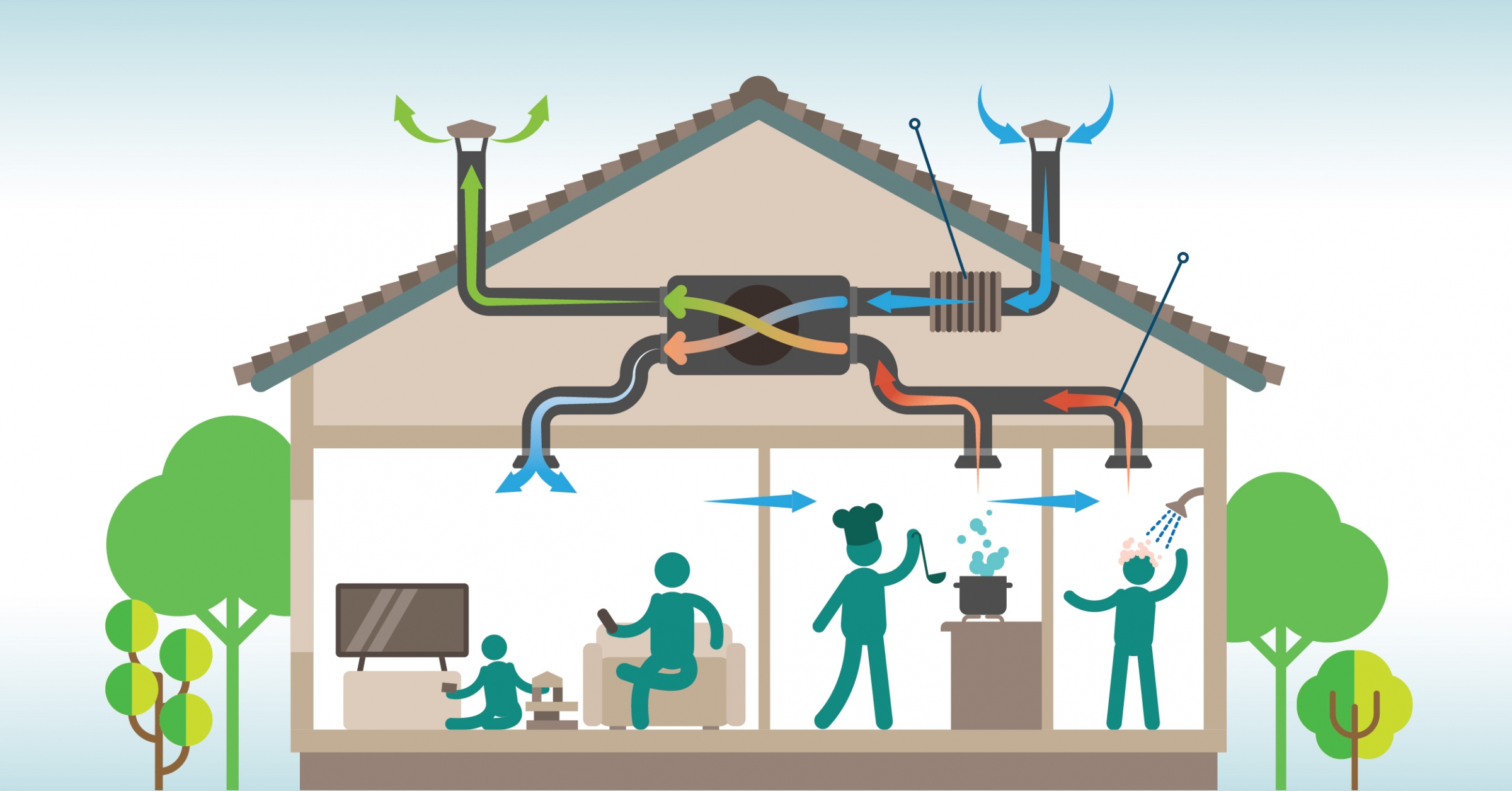Home Ventilation Melbourne Solutions for Energy-Efficient Homes
Wiki Article
Understanding the Importance of Home Air Flow for a Healthier Living Environment
Home ventilation plays a crucial function in maintaining a healthy living atmosphere. It promotes the exchange of indoor and exterior air, which is essential for improving air quality. Without correct ventilation, homes can come to be breeding grounds for toxins and allergens. The repercussions of poor air circulation can be significant. This raises the questions of just how homeowners can effectively carry out ventilation approaches to secure their wellness and well-being. Understanding these approaches is critical.
The Fundamentals of Home Ventilation
Home ventilation works as a necessary element of indoor air high quality and convenience. It involves the procedure of exchanging stale interior air with fresh outside air, thus minimizing moisture and regulating temperature level. Proper ventilation systems can include all-natural approaches, such as open home windows and vents, in addition to mechanical systems, such as exhaust followers and air exchangers. Reliable home ventilation assists protect against problems like interior mold development and the accumulation of harmful fragments. It also enhances overall energy effectiveness, as well-ventilated areas can preserve comfy temperature levels with less dependence on home heating and cooling systems. Recognizing the basics of home air flow is essential for home owners looking for to produce a healthier living setting on their own and their households.
Usual Sources of Indoor Air Contamination

Many might not understand it, interior air pollution can originate from various resources within a home. Typical contributors include unpredictable natural substances (VOCs) sent out from paints, solvents, and cleaning products. House home appliances, such as gas ranges and fire places, can launch harmful gases like carbon monoxide and nitrogen dioxide. Additionally, mold and mildew and mold prosper in moist locations, releasing spores that affect air top quality. Pet dander, dirt termites, and pollen can gather inside, additional intensifying contamination levels. Smoking cigarettes inside generates poisonous chemicals that stick around in the air. Developing products, including asbestos and formaldehyde, can off-gas damaging substances. Recognizing these resources is crucial for preserving a healthier interior setting and advertising efficient air flow strategies.
Wellness Results of Poor Ventilation
Interior air pollution can have significant health and wellness effects, especially when ventilation is insufficient. Poor ventilation can cause the build-up of dangerous toxins, such as volatile organic substances, mold and mildew, and particle matter. This accumulation may cause respiratory system concerns, consisting of asthma, allergic reactions, and persistent obstructive pulmonary illness. People may experience signs like frustrations, tiredness, and inflammation of the eyes, nose, and throat. At risk populations, such as youngsters and the senior, go to higher danger for severe health impacts. Lasting exposure to poorly ventilated settings can likewise add to much more major problems, including cardiovascular diseases. Making certain appropriate ventilation is vital for preserving a healthy and balanced living setting and minimizing the threat of health difficulties connected with indoor air pollution.Effective Air Flow Methods for Your Home
Proper air flow is vital for keeping a healthy indoor atmosphere, and implementing effective approaches can greatly boost air high quality. Property owners can begin by making certain that exhaust followers are set up in kitchen areas and restrooms to remove excess dampness and odors. Opening up windows frequently enables fresh air to flow, specifically throughout light weather. Additionally, utilizing air purifiers with HEPA filters can help capture air-borne toxins. For homes with heating and cooling systems, preserving heating and cooling systems and transforming filters consistently is essential for peak efficiency. Incorporating all-natural air flow strategies, such as cross-ventilation, can additionally boost airflow. Lastly, sealing any kind of leaks in windows and doors prevents undesirable drafts, which can disrupt regulated air flow, eventually resulting in enhanced indoor air quality and convenience.Maintaining Ideal Air High Quality Year-Round
To keep ideal air high quality year-round, homeowners need to take on an aggressive approach to handling their indoor environment. Routinely monitoring interior air high quality is important; this includes checking for contaminants such as dirt, mold and mildew, and unstable natural compounds (VOCs) Implementing reliable air flow systems, such as exhaust followers and air cleansers, can greatly decrease air-borne pollutants. In webpage addition, regular maintenance of HVAC systems warranties peak performance and air flow. Homeowners need to additionally think about moisture degrees, as excessive moisture can cause mold development. Seasonal modifications might demand adjustments in air flow strategies to fit differing outdoor air top quality. By focusing on these techniques, homeowners can create a healthier space, promoting overall health for all occupants throughout the year.Frequently Asked Concerns
Exactly How Can I Inform if My Home Requirements Better Ventilation?
To establish if a home calls for better air flow, one need to observe indications such as persistent humidity, mold and mildew development, mildewy odors, condensation on windows, or boosted allergy symptoms, indicating poor air flow and possibly poor indoor air high quality.What Are the Signs of Poor Indoor Air High Quality?

Can Houseplants Improve Indoor Air Quality Properly?
The effectiveness of houseplants in enhancing interior air high quality is questioned. While some research studies suggest they can take in contaminants and generate oxygen, their general influence may be very little contrasted to correct air flow and air filtering systems.How Often Should I Adjustment My Air Filters?
The regularity of air filter adjustments typically relies on use and filter type. Usually, it is advised to replace filters every 3 months, though homes with allergies or family pets might call for more frequent changes for excellent performance.Exist Any Specific Ventilation Systems for Allergic Reaction Sufferers?
Numerous air flow systems, such as HEPA-filtered systems, successfully lower irritants in the air. Home Ventilation Melbourne. These systems trap plant pollen, dirt, and family pet dander, Recommended Site offering allergic reaction sufferers with a cleaner, much healthier interior atmosphere while handling air quality efficiently
It facilitates the exchange of see it here outdoor and interior air, which is important for enhancing air high quality. Home ventilation serves as a necessary part of indoor air quality and convenience. It involves the procedure of exchanging stagnant interior air with fresh outdoor air, consequently decreasing moisture and controlling temperature. Indoor air contamination can have significant wellness ramifications, especially when air flow is poor. Appropriate ventilation is vital for preserving a healthy and balanced interior atmosphere, and applying efficient methods can substantially boost air quality.
Report this wiki page